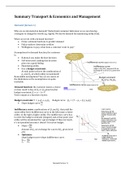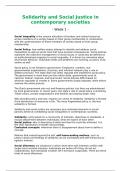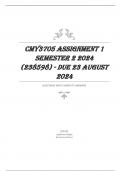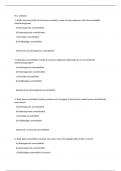Samenvatting
Summary/Lecture notes Transport Economics and Management
This is a summary of the lectures given during the course Transport Economics and Management that I wrote during the academic year of 2020/2021. I got a 9 for the exam using these notes.
[Meer zien]







